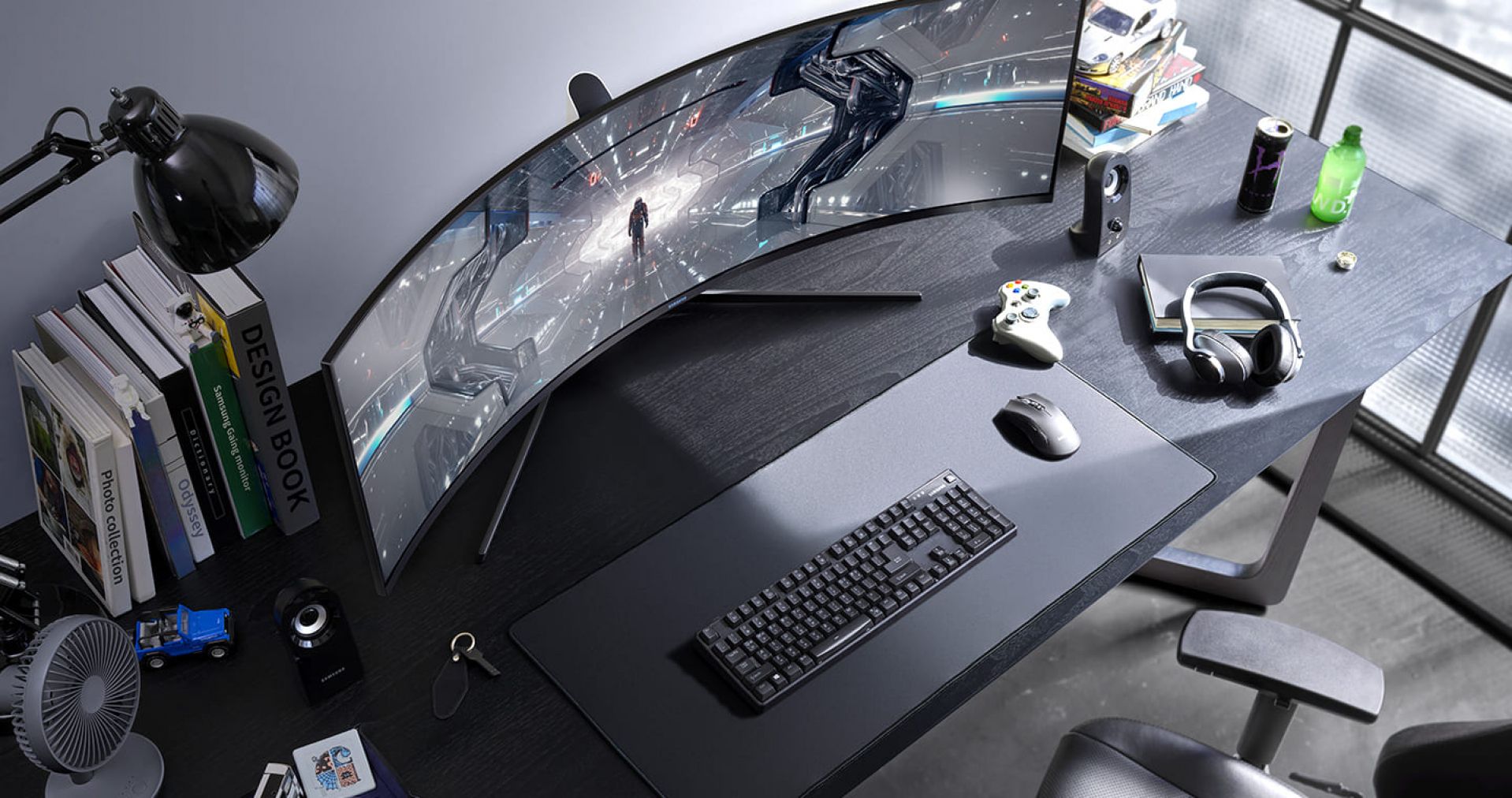The CES in Las Vegas has now closed its doors and the time has come to draw conclusions on the innovations presented. There were no changes in TV or telephony, on the hardware front there were no announcements of weight, except for the AMD keynote, also this however focused on second-rate products. In short, apart from prototypes, the CES did not reserve big surprises.
A voice out of the choir, however, is represented by monitors, a sector in which the news has not been lacking, offering an insight into the products we will see during the year and the technologies that will characterize this area in the near future. From Samsung to MSI, passing through ROG and Acer, all the most important brands have brought interesting news, especially related to the world of gaming, with products that, in some cases, literally leave you speechless. The technology to create much better monitors than the current ones is already available, too bad the cost of this new generation of displays will be higher than expected.
The gaming monitors of the future
The race to increase the resolution is now stopped, after all 4K is still far from being widespread. No 8K monitor then, a resolution created for large formats and which will hardly land on consumer monitors shortly. Different the matter for the refresh rate, whose increase does not seem to know stop. A perfect example of this trend, linked in an indissoluble way to the world of eSports, is the ROG Swift 360 Hz, which already from the name does not hide its main feature.
ROG has developed this monitor for competitive gaming professionals and fans of fast-paced titles, providing it with a 24.5-inch panel with Full HD resolution and NVIDIA G-Sync technology. The refresh rate is therefore expected to grow further in the coming years, at least in these niche products.

One technology we would like to see more is that Mini LED, arrived already last year in some monitors intended for creators but now also landed in the world of gaming with the ROG Swift PG32UQX (here our preview) and with the Acer Predator X32. The two screens are different in appearance but very similar inside, thanks to the backlight that allows you to manage 1152 independent zones through local dimmingall with 4K resolution, 144 Hz refresh rate and NVIDIA G-Sync.


Thanks to the Mini LEDs these monitors can reach a bright peak of 1400 nits and very high contrast levels, unthinkable for any gaming monitor currently on the market. We had a taste of this technology with theAsus ProArt PA32UCG, which we are trying right now, and we can assure you that the comparison with current monitors, even Full LED ones, is truly unforgiving. The qualitative leap allowed by Mini LEDs is very high, there is no doubt about the goodness of this technology, the only problem is the price.
ROG has not confirmed it, the Acer variant instead should arrive on the market at around $ 3600, figures that are dizzying and that limit the diffusion of Mini LED technology very much. In this regard, a study recently conducted by DigiTimes indicates that we will have to wait until 2024 to have a reduction in costs such as to allow greater availability of these monitors.

Mini LEDs aren't the only technology that meets the need for higher quality in PC monitors, OLED models also arrived at CES, like the Acer Predator X55. On paper, OLED screens can overcome all the limits imposed by LCD technology, peak brightness aside, but also in this case there is no lack of problems. Acer chose a 55-inch cut for its monitor, a format designed more for a living room than for a desk, but had no choice. Currently 55, 65, 77 and 88-inch OLED panels are produced, but if you go down to the smallest cuts, you don't exceed 22 ", with a production that for now remains limited.
Today the best-selling monitors are all between 24 and 34 inches, therefore outside the current production lines. Even leaving out the possible problems of Burn-In, the incidence of which could increase with fixed interfaces, such as that of Windows for example, the versatility and simplicity of production of the LCD panels is unsurpassed at the moment, that's why a massive diffusion of OLE monitors seems unlikely, at least in the short term. This means that prices will remain high and supply limited, leaving LCD technology free in this sector.


Another trend seen at CES, and which has been going on for a while, is that of 21: 9 curved monitors. Samsung has presented the new Odyssey range, at the top of which we find the monstrous 49-inch G9, with a resolution of 5120×1440, a refresh rate of 240 Hz and compatibility with HDR1000, G-Sync and FreeSync. Special feature of this model is its radius of curvature of 1000R, in theory the same as the field of view of the human eye, used for the first time in a gaming monitor. Curved displays found new life in gaming after being kicked out of the TV field. Even MSI has presented a similar variant with the MAF342CQR, marking in fact a new trend, namely that of ultra-curved monitors. The curvature present in these two displays seems to be able to wrap the observer better than in the past, but also in this case the prices have not been revealed: in the case of Samsung the first estimates speaking of about $ 2000. In short, the news was not lacking in this CES in the field of gaming monitors, the problem is that to see them in price ranges suitable for a large audience it could take a long time.















